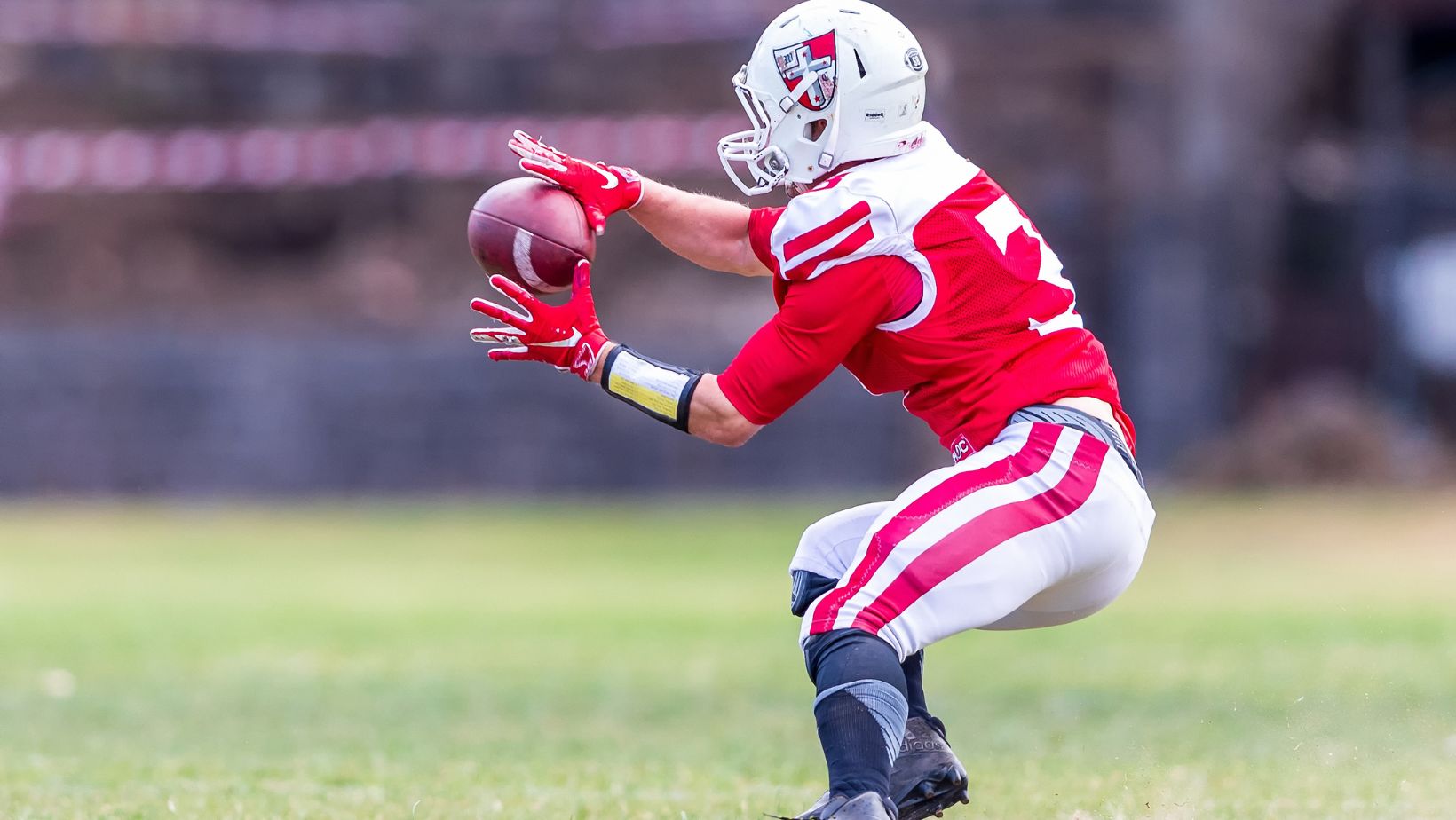When it comes to betting, NFL and college football offer distinct thrills and challenges. The NFL showcases high-stakes games with seasoned professionals, while college football brings unpredictable dynamics with younger athletes and passionate fan bases.
Understanding the intricacies of each realm is vital for bettors looking to enhance their strategies. From player performance to team rivalries, let’s dive into the key factors that can make or break your betting experience in both leagues.
Key Differences Between NFL and College Football
When it comes to player development, there’s a notable divide between the two leagues. NFL players typically have years of professional training and game experience, as many come from college programs known for rigorous training. This experience translates into more polished skills and strategic awareness of the field. In contrast, college football players, often still honing their skills, can lead to unpredictable outcomes. A star quarterback might shine brightly, but their inexperience could result in costly mistakes during a crucial game. This variability means that bettors need to pay close attention to the individual development stages of players when placing their bets.
The game structure also differs significantly. NFL games last longer, with four quarters of 15 minutes each and strict rules about play stoppages, leading to a more controlled pacing. College games, however, have variations in timing and rules, like allowing the clock to stop after a first down, which can lead to more explosive scoring in the final minutes. Moreover, overtime rules in college football allow both teams to have a chance to score, increasing the potential for nail-biting finishes. This creates unique betting implications, as the game’s outcome can swing dramatically in overtime situations.
Finally, fan engagement plays a critical role in both leagues. College football fans exude intense passion, often creating electrifying atmospheres at home games. This energy can significantly impact player performance and adds an edge to home-field advantage. NFL supporters, while fervent, often partake in a more commercial atmosphere, owing to the league’s branding and professionalism. Understanding how this engagement influences performance is crucial for bettors, as the fervor of college fans can lead to stunning upsets driven by a team’s emotional boost.
Betting Strategies: NFL vs College Football
When betting on NFL teams, delving into performance metrics is key. Factors like yards per play, defensive efficiency, and conversion rates on third downs can reveal how a team operates. Look for teams that excel at home, as they often benefit from familiar turf and supportive fans. In contrast, college teams can be more unpredictable. Pay attention to statistics like points per game and defensive rankings, but remember that teams may face inconsistent competition throughout the season.
Roster dynamics also play a massive role in both leagues. In the NFL, injuries can shift the balance of power dramatically—one starting quarterback sidelined could change the trajectory of the entire season. Be sure to track player injuries and replacements, as these can significantly impact a team’s performance. College football, on the other hand, often relies on depth—freshman players may come in and make unexpected contributions or falter under pressure.

Lastly, understanding betting trends is crucial. Historical betting patterns can offer insights into how teams perform against the spread. The NFL typically has more data to analyze, whereas college football requires you to stay agile with developments, as teams may change dramatically week by week. Being attuned to player news, coaching changes, and even weather can elevate your betting game.
Popular Betting Markets
In the NFL, point spreads are usually tighter, reflecting the evenly-matched teams. Bettors often need to consider not just team performance but also key player matchups. In college football betting, spreads can vary significantly due to the unpredictability of younger athletes, which can lead to larger point spreads that may be more approachable but also riskier.
Moving to moneyline bets, they present different risk-reward scenarios in both leagues. In the NFL, betting on a favorite often requires a hefty wager to yield a small return, while underdogs can offer enticing payouts for a comparatively lower stake. Conversely, college football moneyline bets can offer wider disparities, especially when a powerhouse faces an upstart team, allowing savvy bettors to capitalize on perceived mismatches.
For over/under bets, examining scoring trends and defensive play becomes crucial. The NFL tends to have more consistent scoring patterns thanks to seasoned offenses, while college football can be extremely high-scoring due to less experienced defenses.
When placing future bets, consider variables like team injuries, coaching strategies, and player form. The stability of NFL teams might offer more predictability, whereas in college football, factors like recruitment quality and team morale can shift dramatically, impacting long-term bets. For example, let’s take a look at Clemson Tigers odds for winning the 2025 championship. With a strong recruiting class and consistent coaching, they may be a solid bet, and the odds are +4000. However, an unexpected coaching change or a key player injury can quickly shift their chances.
Conclusion
While both the NFL and college football offer exciting betting potential, understanding their differences is crucial for successful wagers. Paying attention to player development, game structure, fan engagement, and betting strategies can help you navigate the unique challenges of each league.

By staying informed on team dynamics and trends, you’ll be well-equipped to make strategic bets that maximize your chances of success.
So whether you’re a die-hard fan or just looking to make some extra cash on the side, keep these factors in mind for a thrilling and profitable football betting experience.








